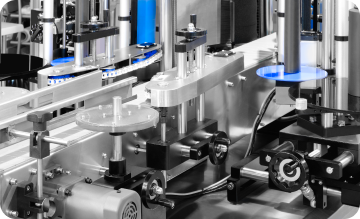Today, one of the most important components of sustainable urban development is the improvement and development of communication networks, including highways, urban arteries, and bridges. Among these, urban road bridges are the most important linking elements of communication networks, and they are critical structures that require special attention during their construction and maintenance, which unfortunately has been less emphasized in our country.
One of the aspects that need special attention in the construction of urban road bridges is the design details and the correct implementation of expansion joint systems. If proper attention is not given to their construction, installation, and maintenance, it can cause serious and sometimes irreparable damage to the bridge structure, disrupt the smooth flow of traffic, and even compromise safety.
Based on inspections and technical studies conducted on bridges in Tehran, the performance of the most common expansion joint systems is based on the ability to move steel plates covering a metal frame (angle iron) and using a simple rubber expansion joint system, or a combination of these two systems. These methods have many disadvantages that prevent them from functioning effectively as an expansion joint system. Lack of sufficient strength against loads caused by vehicle traffic, lifting of plates due to deck vibrations, longitudinal distortion of the plates, separation of the angle iron from the concrete deck, rigidity of the simple plate and angle system, lack of protective heels in all types of expansion joint systems, and most importantly, the lack of waterproofing and the possibility of water ingress and cementing of the expansion joint space during operation, have made these common methods ineffective, and their durability and service life are very limited.
The use of modern methods for reconstructing expansion joint systems in concrete bridges to improve their quality and also take advantage of domestic capabilities, using the valuable practical experience gained during operation and experimental observations, is one of the issues that has been put on the agenda by Tehran Municipality, resulting in the preparation and formulation of the current article.
This article presents a different implementation method for reconstructing expansion joint systems up to 10 centimeters (small S-EXJ expansion joints) for road and pedestrian paths in reinforced concrete deck bridges based on rubber expansion joints of the domestic type.

